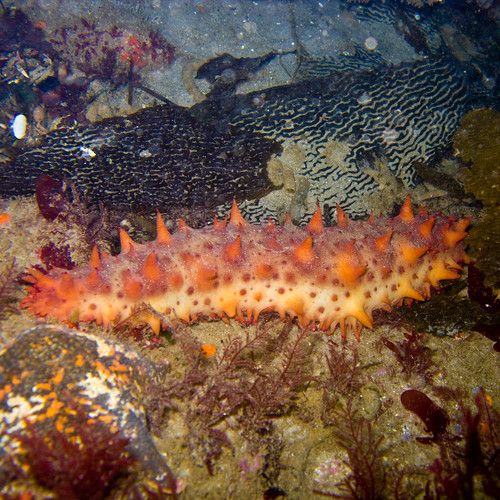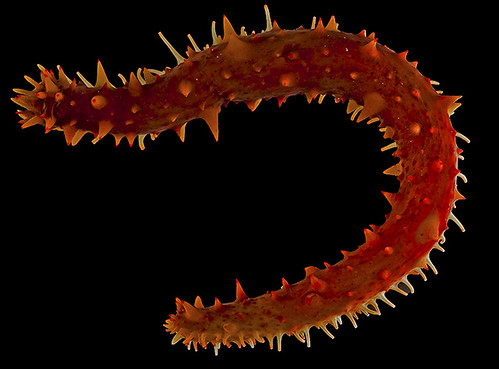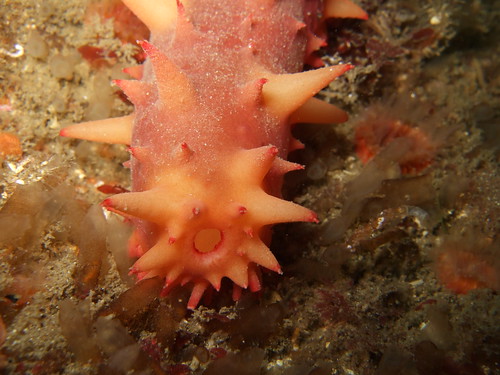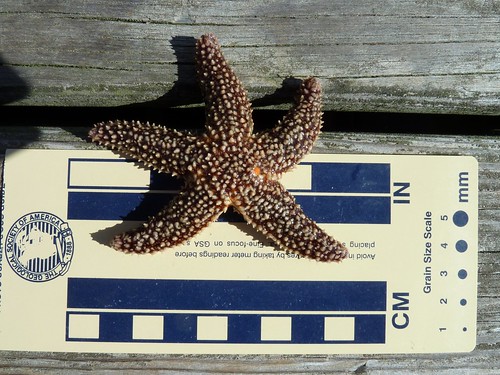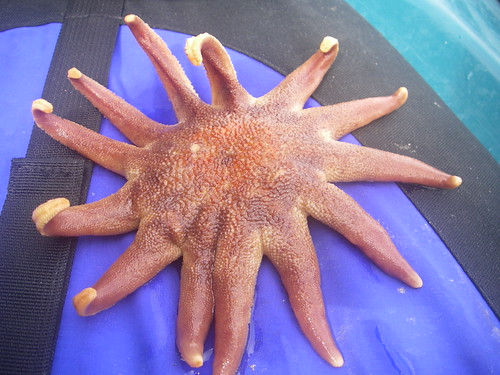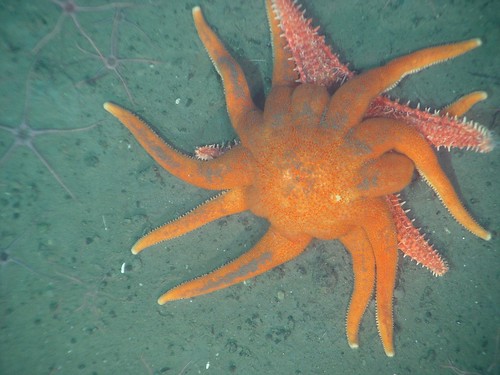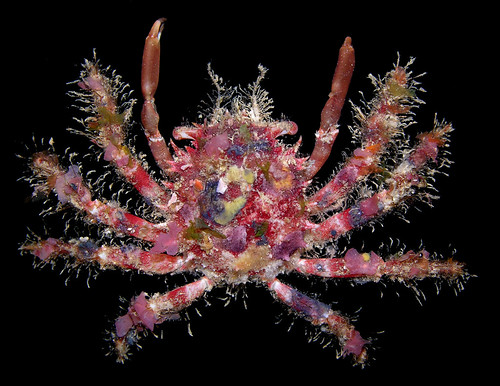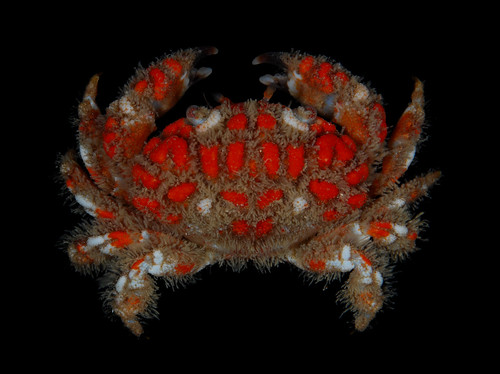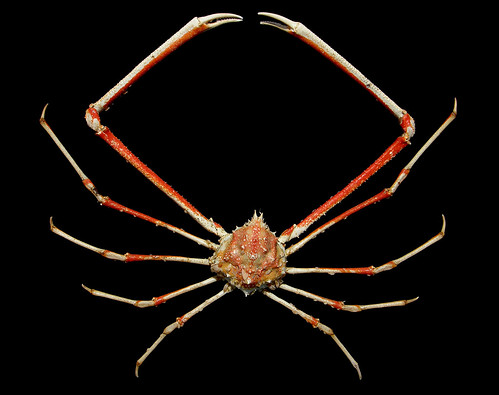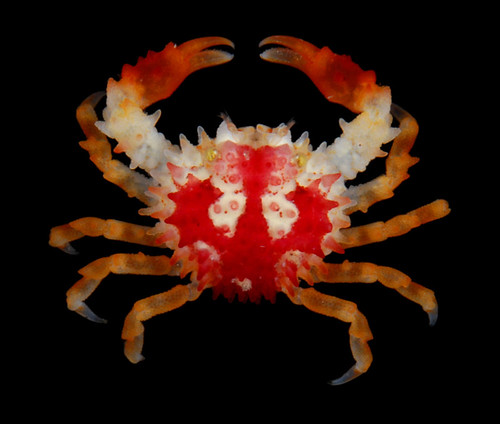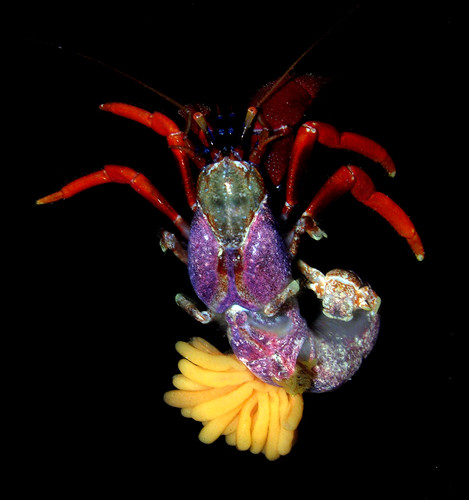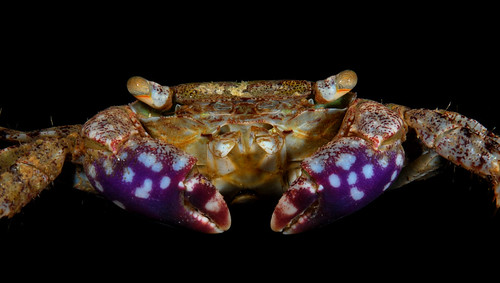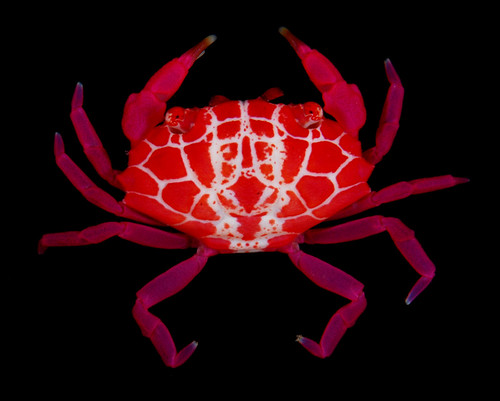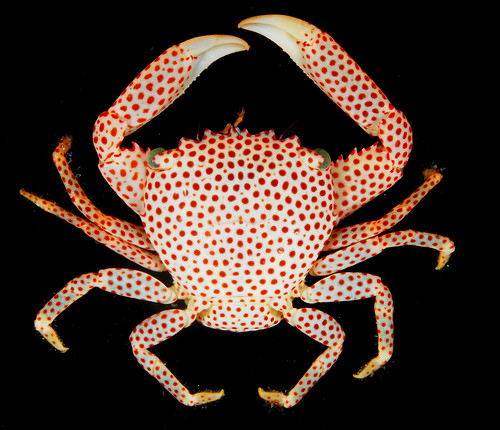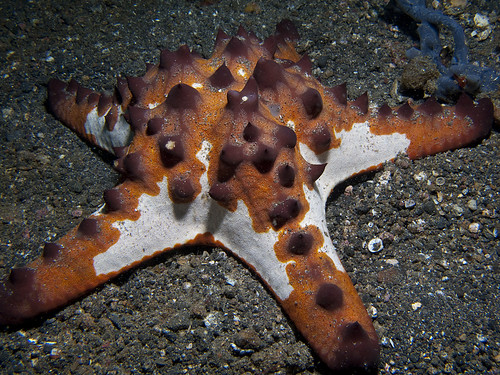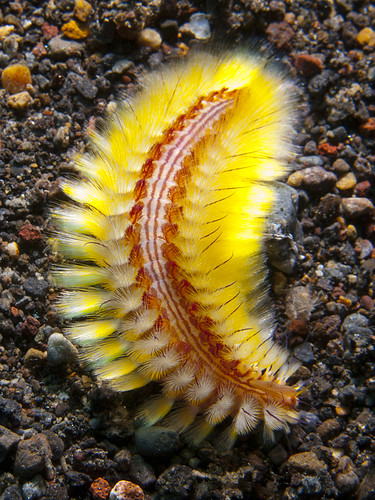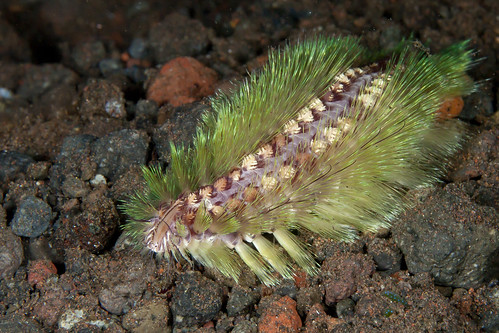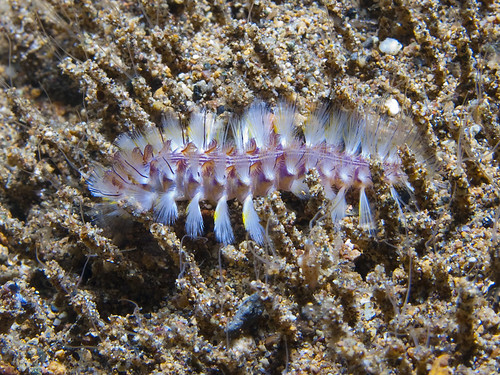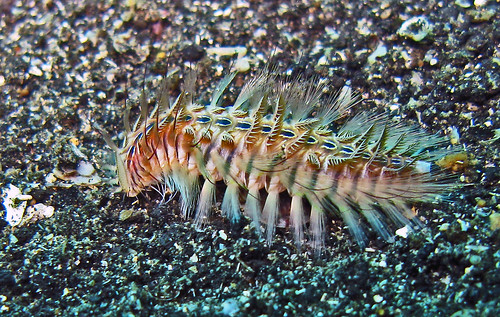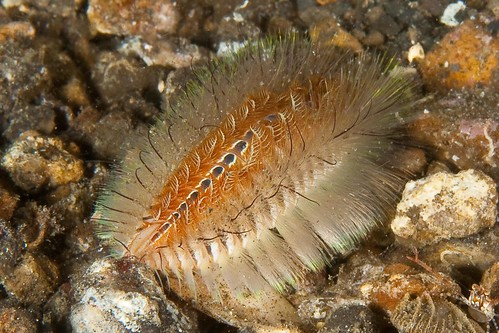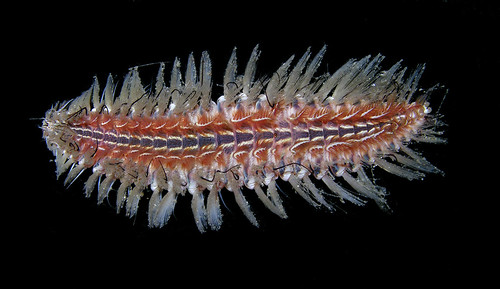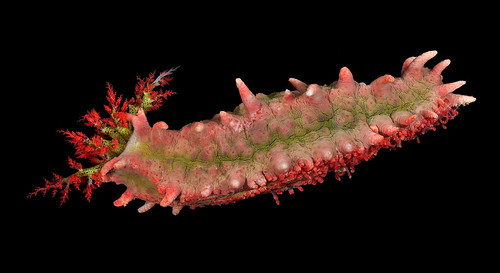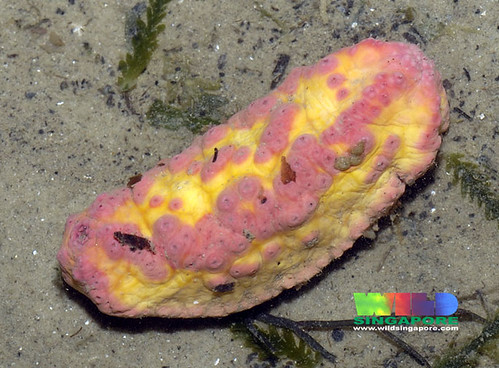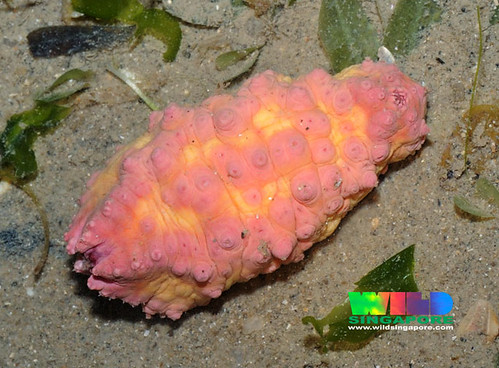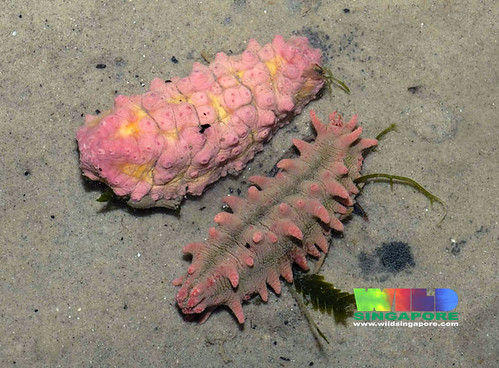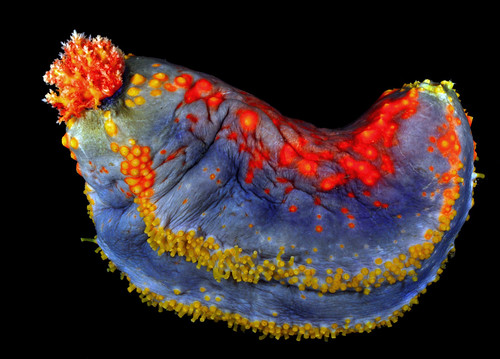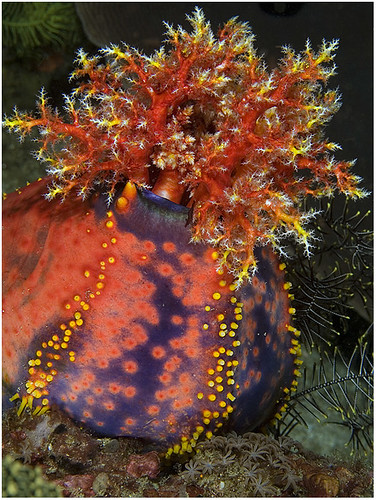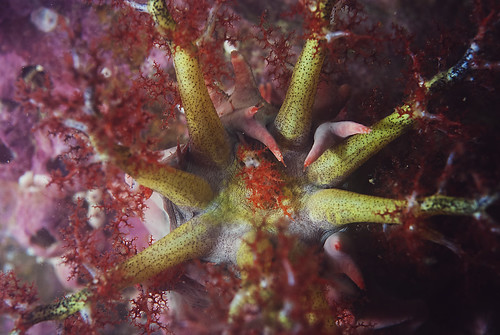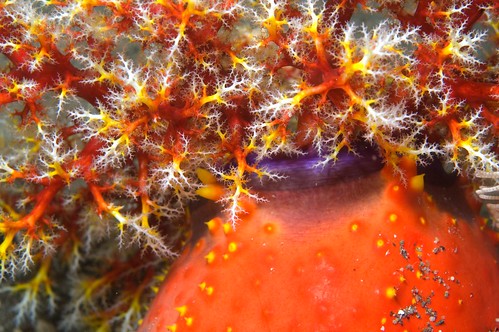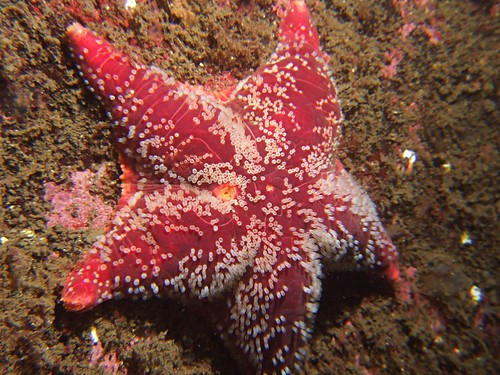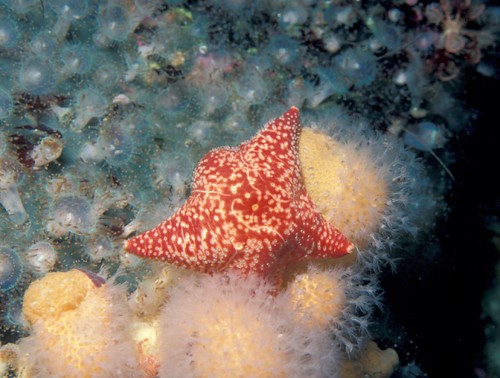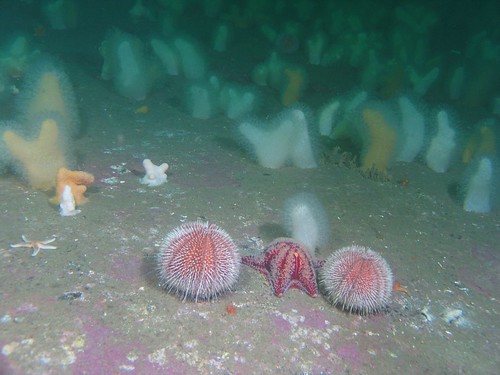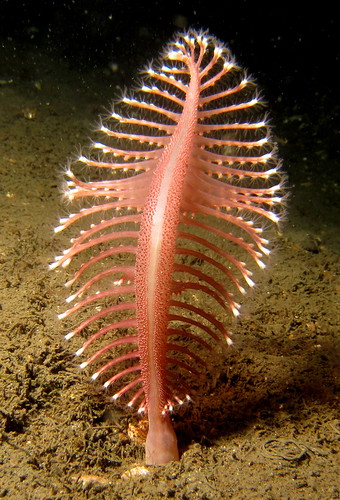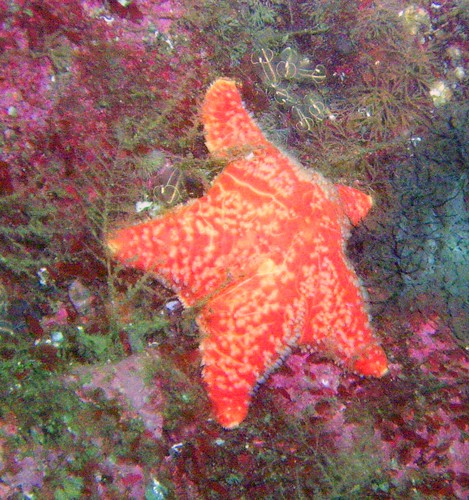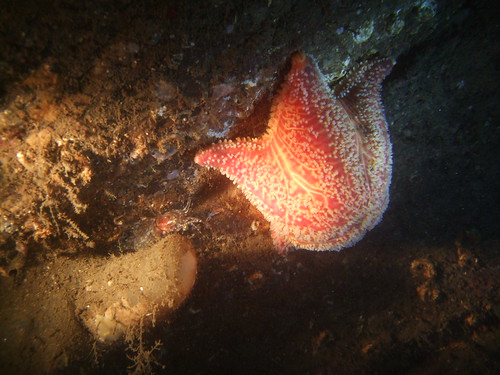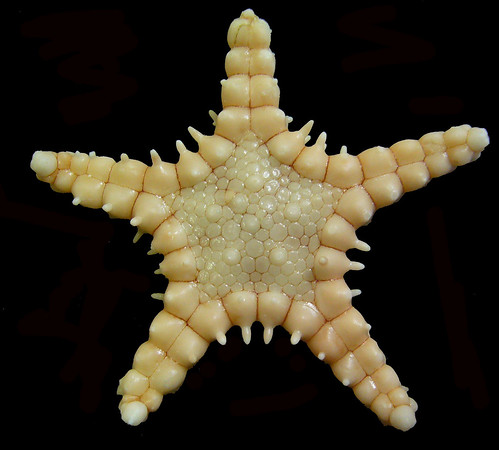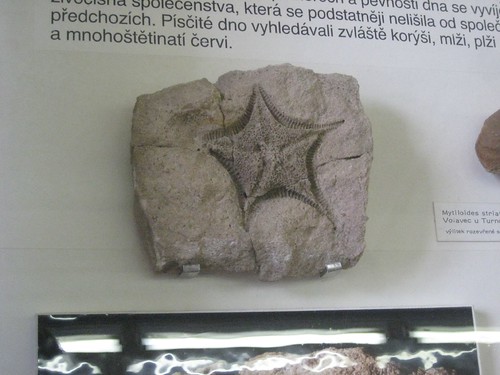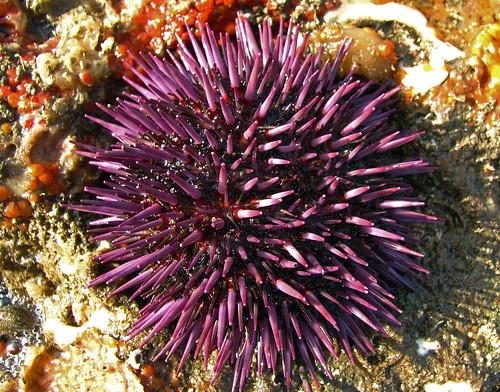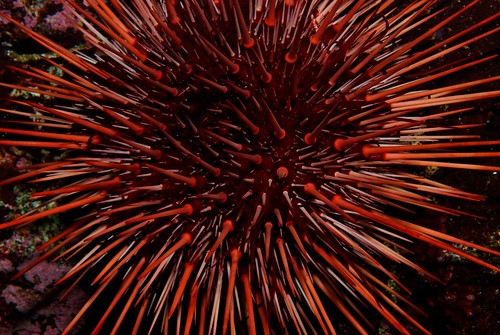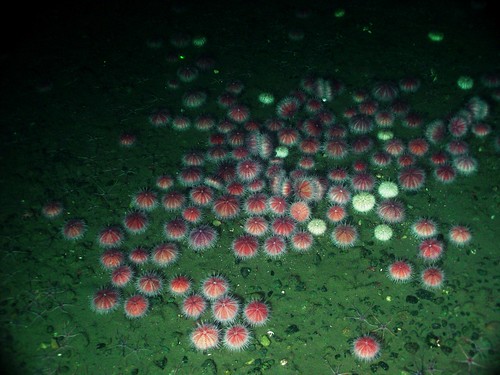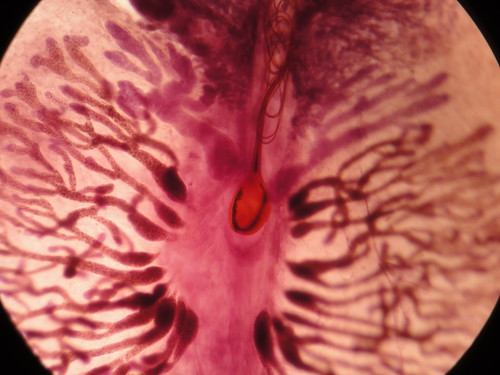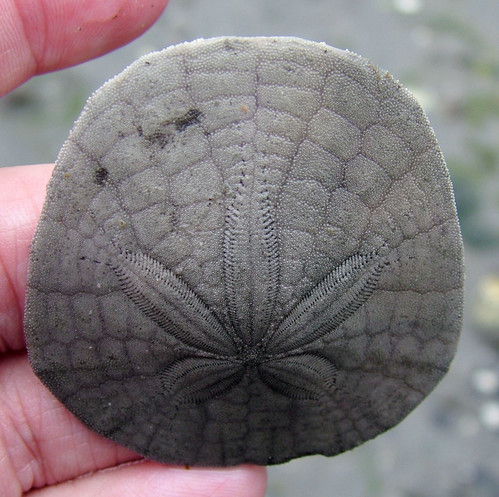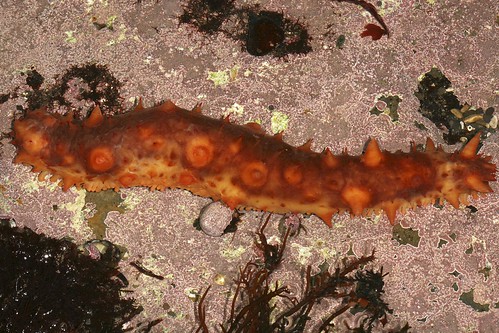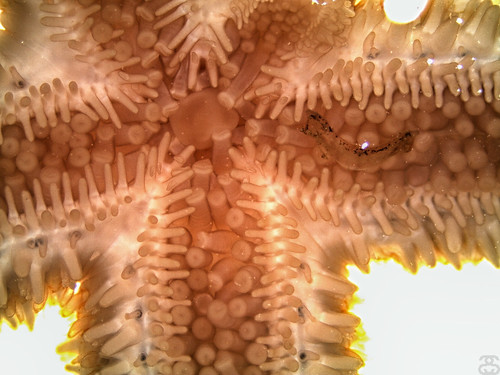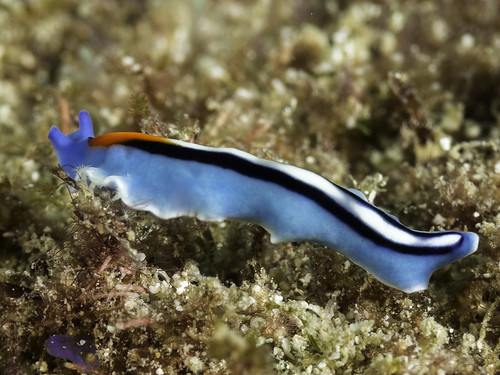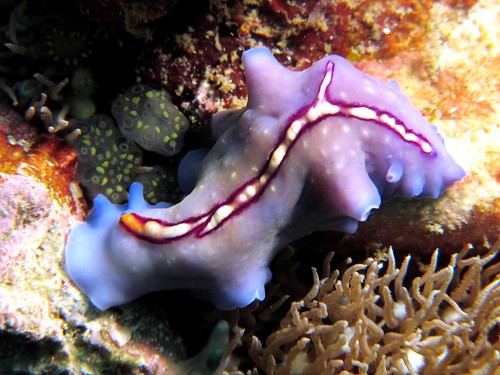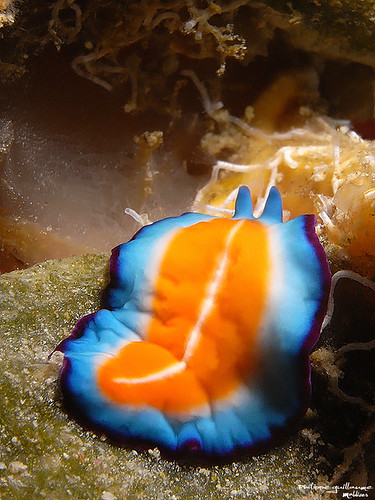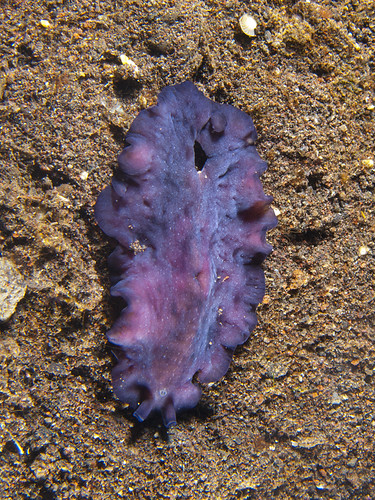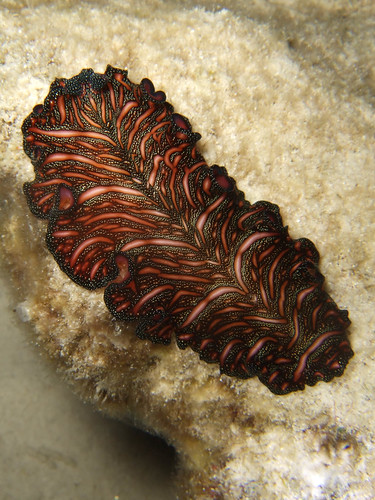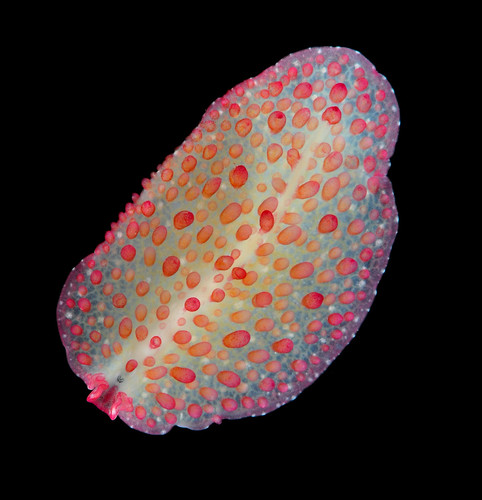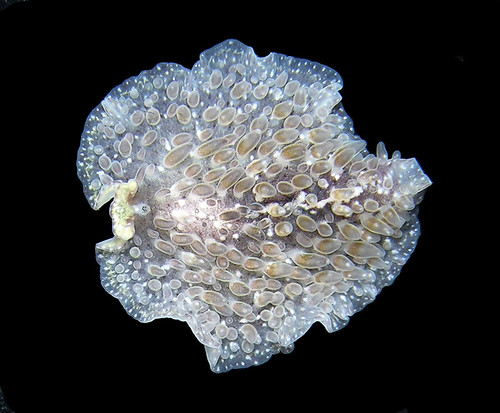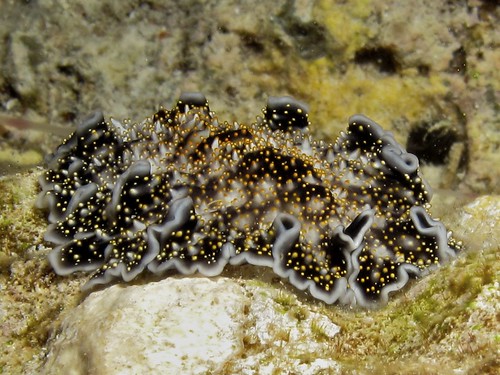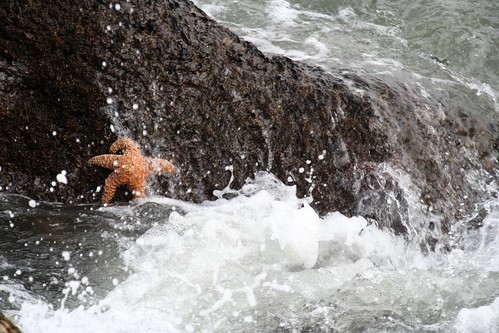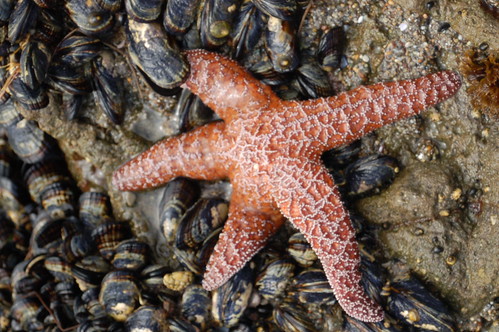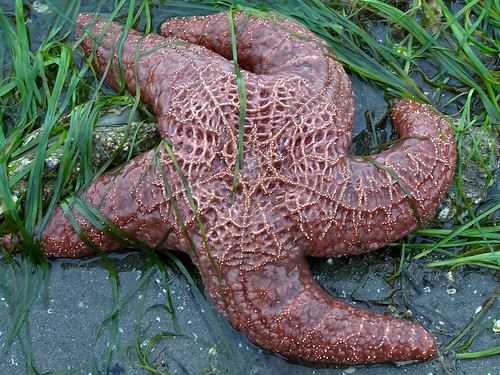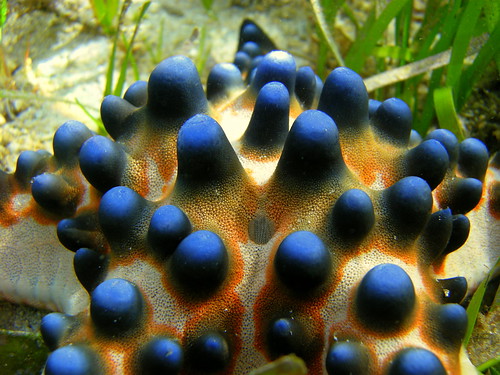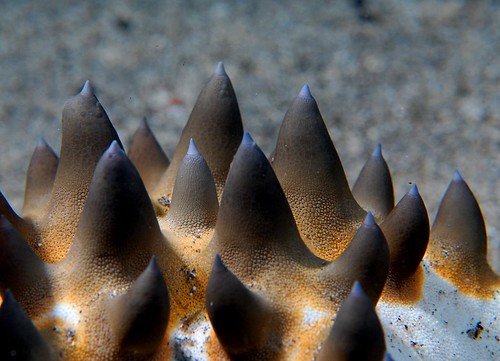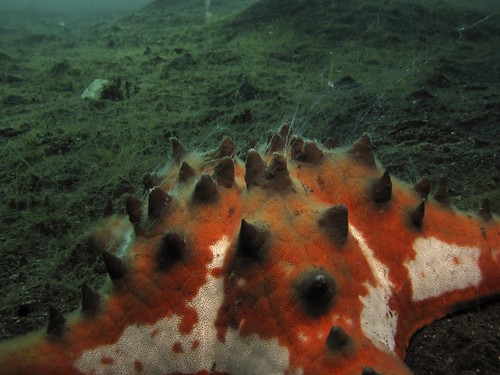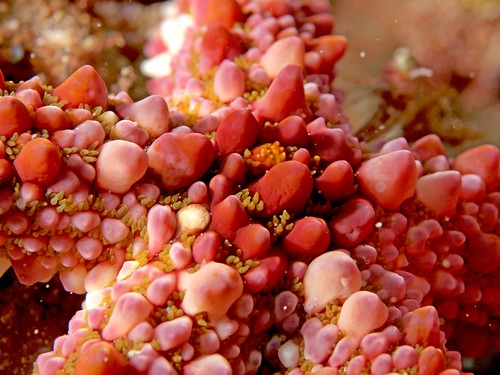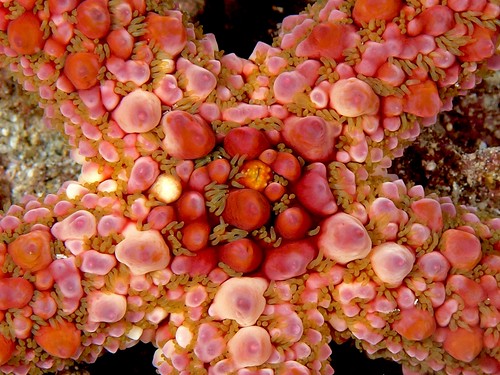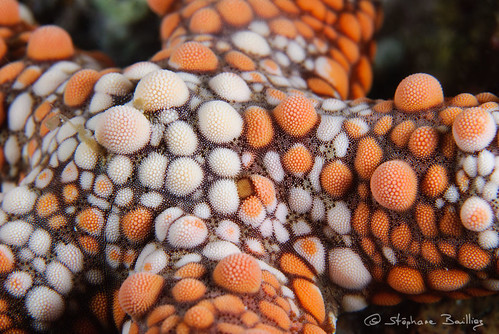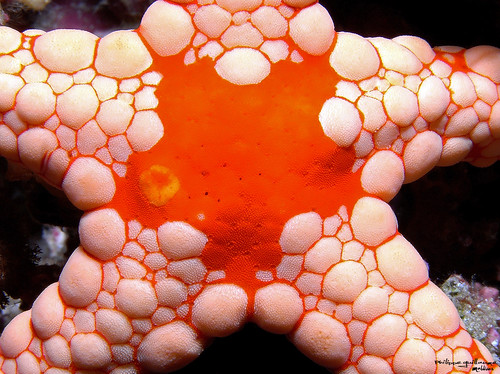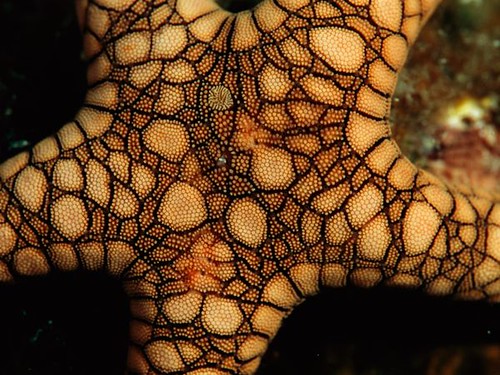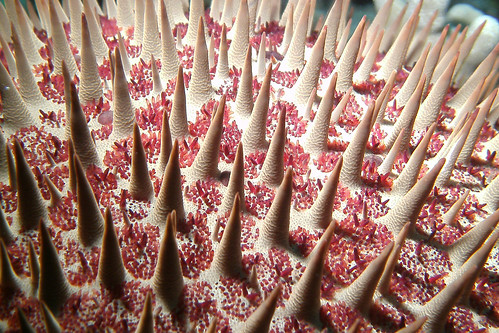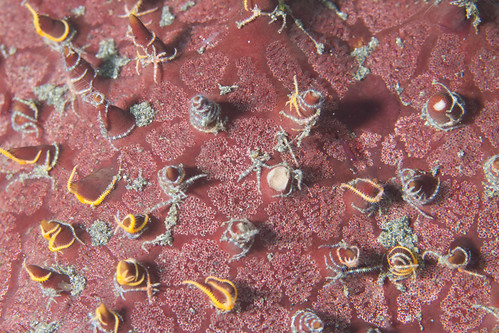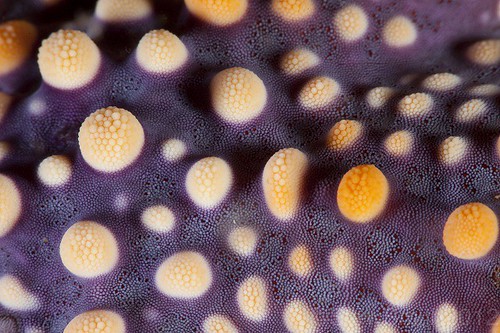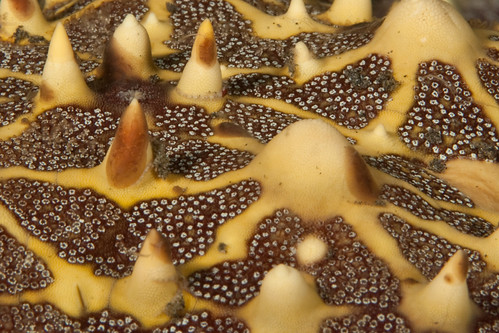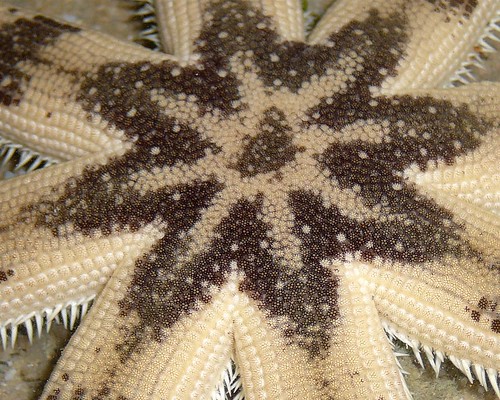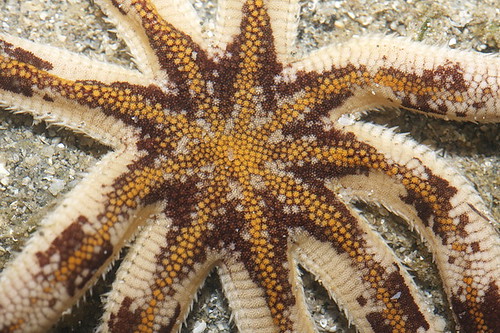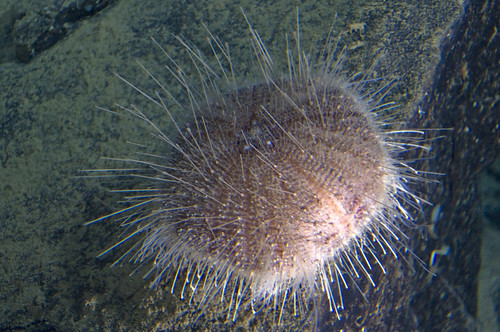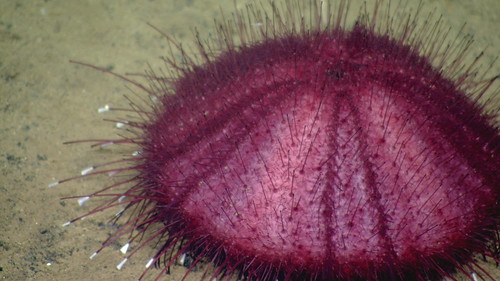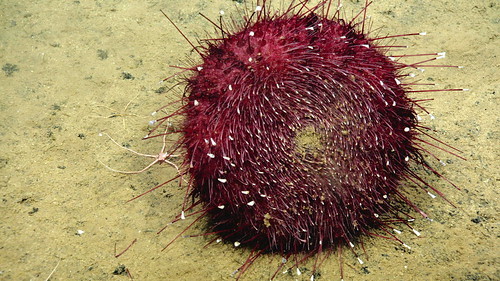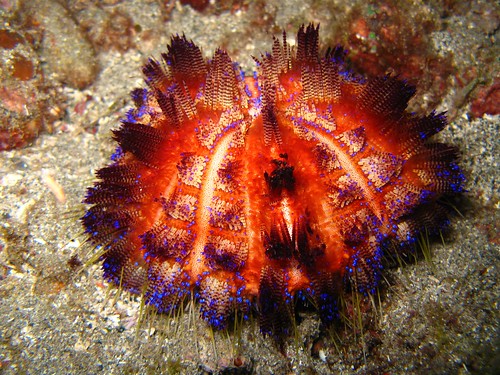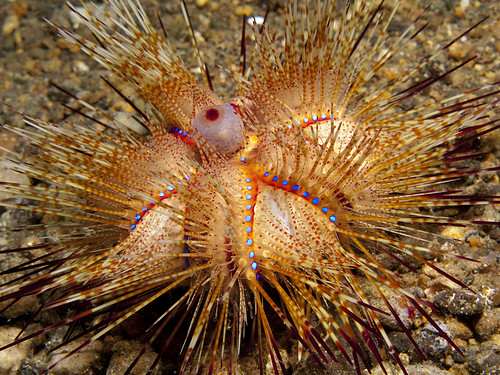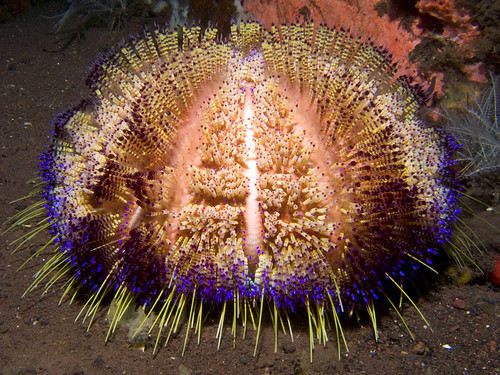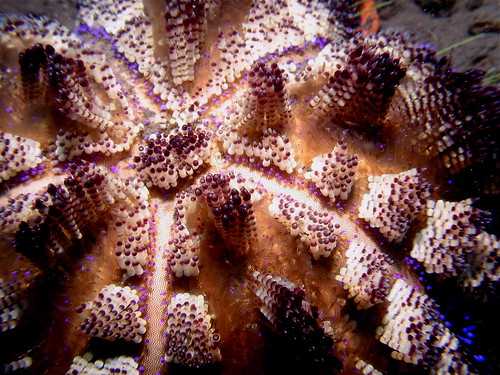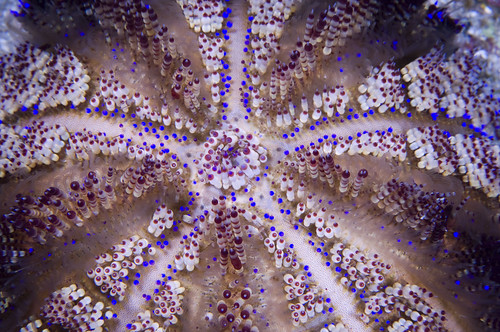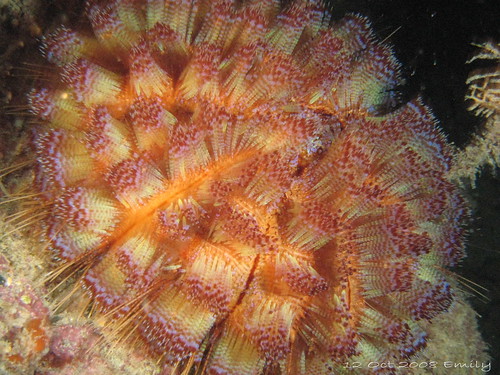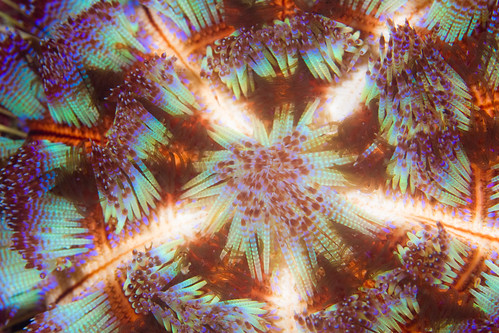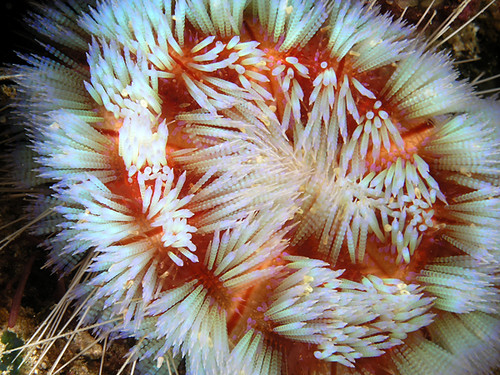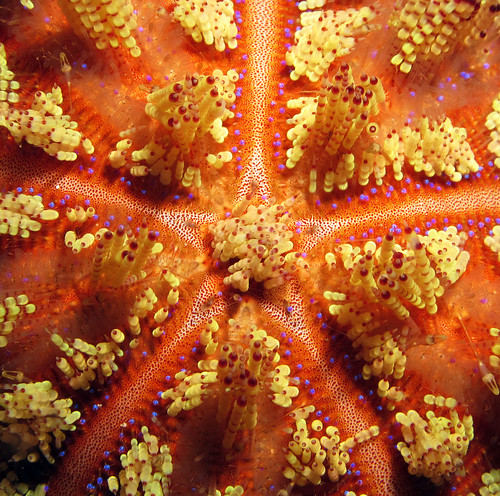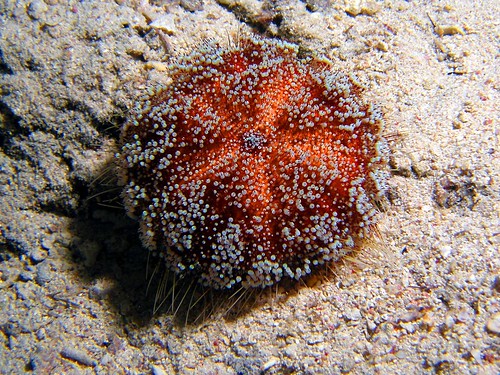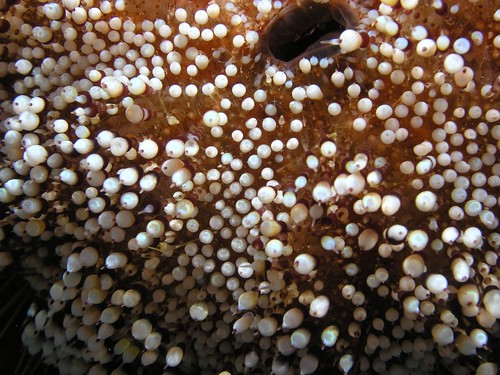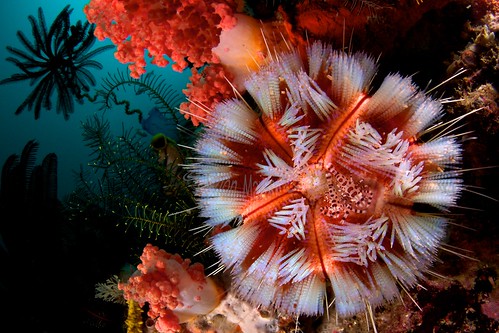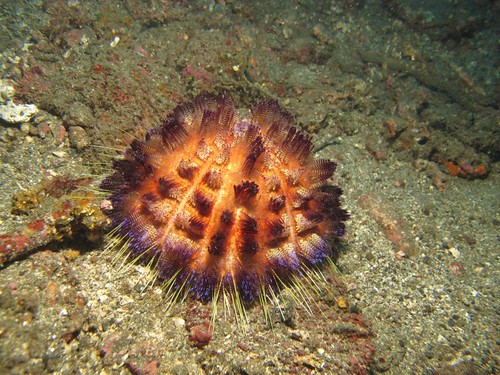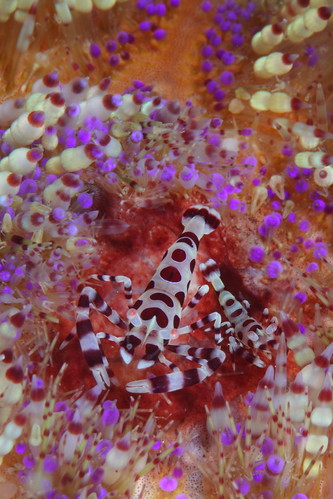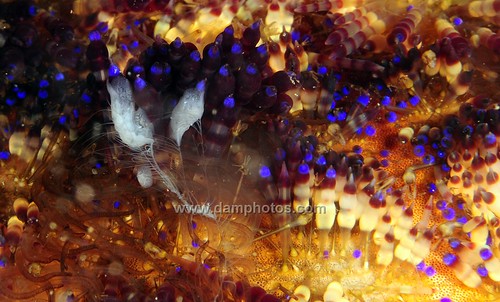![]() |
| Images here from the Encyclopedia of Life |
This week, something about the many different KINDS of asteroids (aka sea star or starfish!) that are found throughout the world. Data for this, is from
a paper I wrote with Dan Blake last year for PLOS One. You can download it for free here! based on info at
the World Asteroidea Database.I can't tell you how many times I've read something about starfish in pop culture or even in pop sci-and the writer assumes that starfish are the SAME all over the world! As if there was only one type.
This gets to be annoying..so let me just make sure everyone knows: There's a LOT OF DIFFERENT KINDS OF STARFISH. And they live in different places all around the world.
Similarly, I've talked about my field work in Antarctica and in the middle of my story, someone stops me to ask "Wait, there are starfish IN ANTARCTICA??"
So here are five things about the diversity of sea stars that will razzle your dazzle and make you a favorite at echinoderm-themed invertebrate zoology parties (esp. those where people are ignorant of starfish)!
1. How Many Starfish Species Are there?At the moment?
There's about 1900 species of accepted (living) starfish in the database. That runs a bit lower than the larger numbers quoted elsewhere (such as
here), but I assure you, that I am doing everything I can to kick that 1900 up a notch every chance I get!
Here's a post where I keep track of many of my new species!More importantly, that's 1900 species in 36 FAMILIES. That means there's 36 different distinct groupings found all throughout the world in different habitats at different depths in different settings. So, its not
just 1900 different kinds spread out all over the place- its 1900 species divided up into 36 distinct body types adapted to living in many different ecological niches!!
(note that 1900 is a rounded figure due to questionable status for some names)
For those who need to know: the full list is in the PLOS paper listed above. So feel free to click and go!Of the many weird kinds,
there's Tremaster, as I discussed here awhile back.. There's
the deep-sea brisingids! Crazy lookin' things that live in the deeps! HereThis Antarctic monster! Labidiaster annulatus! The Slime Stars! Yay Mucus!Predatory Sun Stars! And just for good measure
- here's a neat assortment from Hawaii! 2. Where Do Starfish Live? All echinoderms, including sea stars, live in the ocean-on the sea bottoms (although their larvae swim in the water column). They are among the few groups of animals which live exclusively in marine habitats.
Starfish live in all the oceans! Atlantic! Pacific! Indian! Arctic! Southern!
And in answer to the question "Do starfish live in Antarctica?" and "Under the Ice?" Yes!
The video below is from the famous "brinicle" video released awhile back showing starfish (
Odontaster validus, probably) getting around some hardcore Antarctic ice! (narrated by 30 Rock celebrity Alex Baldwin!)
And many starfish also live in the deep-sea (below 200m).
Of the 36 living families of sea stars, nineteen of them occur exclusively in the deep-sea (436 species)! Four families are mostly deep sea but with some shallow-water members (1191 species) and several families include large numbers of deep-sea members. Only 8 families live ONLY in tropical habitats (218 species).
It turns out that MOST starfish live in cold-water (or temperate) settings, such as the deep-sea or in the polar or near polar regions!So among those deep-sea starfish species, which ones live
most deeply? As it turns out several starfish groups occur in the deep abyss below 5000 meters!
One of the most commonly encountered deep-sea asteroid groups at that depth is the Porcellanasteridae.
They usually live buried in mud, devouring massive amounts of sediment, presumably absorbing digesting various goodies present in it.
This feeding mode is similar to the more shallow-water mud stars, which I profiled here.
Easily half a dozen families of asteroids are represented at the 5000+ meter depth range!Its unclear how many go deeper than 6000 however...
3. Which Group of Sea Stars is Most Diverse? (i.e., Which one has the most species?)What's weird about this question is that the group with the MOST number of species is probably the group you are least familiar with... Enter:
The Goniasteridae!
Ding!Ding! This group rings in at a whopping 256 species in 65 genera! Deep sea! Tropical! Antarctic! Shallow! Goniasterids are everywhere (but mostly in cold-water places, in the deep sea)!
But usually, in out of the way places, so they don't really turn up in places where people encounter them. So not many folks think of them you ask "what does a starfish look like?"
Goniasterids vary in size and shape as you can see.. but some get REALLY large! Such as this monstrous
Mariaster giganteus from Japan !! (held by my colleague Yoichi Kogure!)
Goniasterids are diverse-and there remain MANY different species yet to be discovered....They are ecologically important in deep-sea AND shallow waters.
I'll probably do a full post on this group at some point-but in the mean time here's a bunch so far!
Tosia-the biscuit star: hidden species and brooding behavior! here!New genera and species of deep-sea corallivores! here! and some video!
4. How Many Undescribed Starfish Remain to be found? ![P1010709.JPG]() |
| Image by Island_girl |
Its hard to make estimates about stuff that doesn't exist yet! How many more species are out there to be discovered? What is my best estimate???
Sea stars/starfish are big, obvious creatures. One would think that we have found most of them...
but you'd be wrong!
One subject group: The Goniasteride has 256 species in 65 genera. Out of the total # of genera and species: 14% (approx n=9) of genera and 12% (approx n=31) of species were discovered ONLY recently (since 2001).
I have further unpublished data on many MORE new goniasterids! Which suggests that the total number of newly discovered genera could go up to 37% and the number of new species could go up to 32%!!
These are rough estimates from
one group. Most people might expect that new species would be found in inaccessible and poorly studied places such as the deep-sea or perhaps in distant tropical lands such as New Caledonia. But another possible source may already be right in front of us....
Cryptic species are those which are distinguished by genetics or reproductive differences, some other source of evidence OTHER than external morphological characteristics to demonstrate they are separate species. Molecular genetics shows great potential as a tool to discover diversity where cryptic species are concerned...
Again, the case of
Tosia-the biscuit star: hidden species and brooding behavior! here! is a great example.
5. How Long Have We Observed Starfish in the Fossil Record? Starfish are old. And their history will doubtlessly fill another post on the Echinoblog some day. A
general account of the fossil history of the Asteroidea can be found here. But the short version is this..
Some very early ancient forms (i.e., predecessors to modern day "proper" asteroids) are observed in the Paleozoic (540 to 250 million years ago!).
But we really don't start to see modern asteroids until the Mesozoic, that is early Triassic....where the record is poorly preserved...
![]() |
| Left to right: Trichasteropsis weissmanni (specs. MHI 843/1, SMNS 3173/5 and Noriaster barberoi (MPUM 8420) on far right. Images copyright Dan Blake, Images via www.tol.org/Asteroidea |
But basically, from then on, ALL modern asteroids continue on to the Recent. In other words, starfish which are alive today are part of the same lineage which has been around since the Triassic (250 to 200 million years ago). A distinct, separate lineage from those in the very, much older Paleozoic.
But just to give everyone a "landmark" to gauge what I'm talking about: YES. Starfish are OLDER than dinosaurs.
Some starfish deposits from the Cretaceous are very well preserved and so, when T. rex was running around, starfish were there, doing their thing. Thanks to some excellent fossil preservation, we know that some of them looked like this...
Metopaster parkinsoni
Also M. parkinsoni, I believe...
Calliderma schulzei
![Calliderma Schulzei]() |
| Image by Claire H |
But, fossil goniasterids were highly diverse and the number of fossil species is very high. The actual number of fossil "species" is difficult to compare with living species owing to differences in what geologists called "species" versus what biologists observed in living animals. Uh.. trust me, its complex and I'll get into it another day.
But yes. Starfish have been around for quite a long time. Longer than humans (and primates). Longer than dinosaurs.
To sum up this week?
- There are about 1900 species of starfish and that number is climbing.
- They live everywhere in the ocean! Especially in cold-water habitats like the deep-sea!
- The family Goniasteridae is the MOST diverse (i.e. most number of species)
- MANY more species of asteroids remain to be discovered!
- The fossil record shows that starfish have been around for a LONG time, since before big reptiles roamed the Earth!
